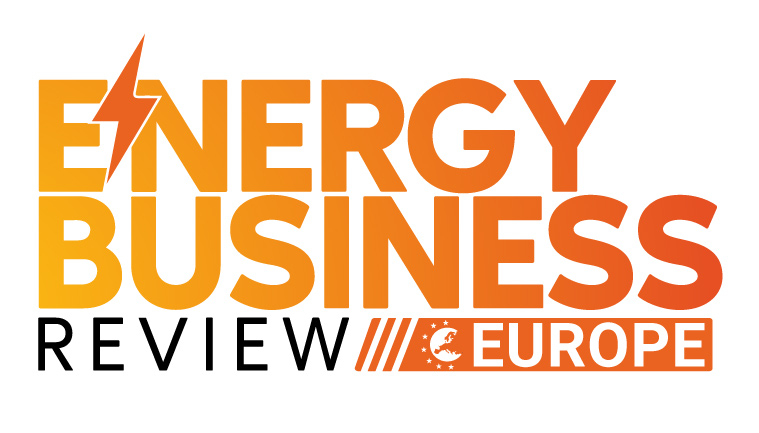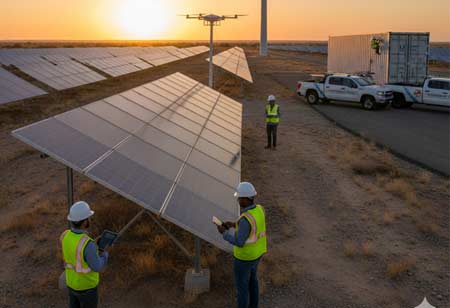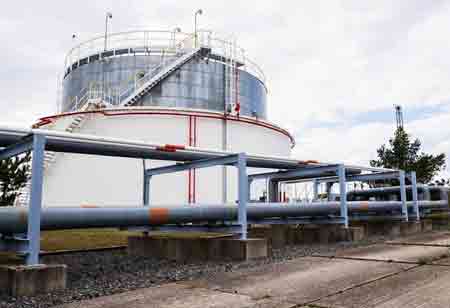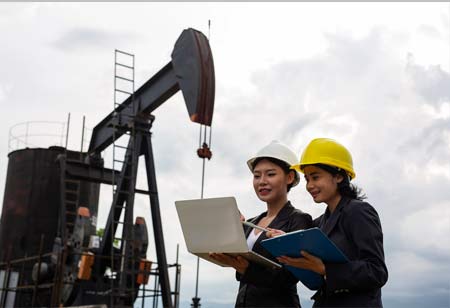Thank you for Subscribing to Energy Business Review Weekly Brief
Wind Energy's Next Frontier: Offshore Expansion and Engineering Innovation
Offshore wind is emerging as a vital clean energy source, driven by advancements in turbine size, foundation engineering, and digital technology, promising reliable and scalable power for the future.
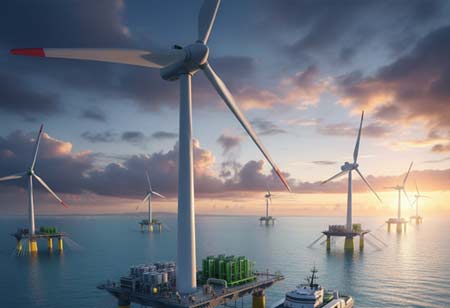
By
Energy Business Review | Monday, September 29, 2025
Stay ahead of the industry with exclusive feature stories on the top companies, expert insights and the latest news delivered straight to your inbox. Subscribe today.
The urgent demand for clean, scalable, and reliable power fuels the energy landscape. While onshore wind has become a cornerstone of global renewable energy portfolios, the industry’s focus has shifted toward the vast, untapped potential of the oceans, where offshore wind is emerging as a mainstream force. This evolution is propelled by groundbreaking engineering innovations that are redefining the scale, technology, and operational intelligence of energy generation. Offshore wind offers a compelling advantage: the wind at sea is stronger and more consistent than onshore, resulting in higher capacity factors and a more dependable supply of electricity for national grids. The maritime environment also provides the physical space to build turbines of unprecedented size, enhancing economic efficiency and reducing the levelized cost of energy. Positioned near coastal population centers, these expansive offshore installations promise to deliver a new generation of energy giants capable of meeting growing electricity demand while accelerating the global transition to clean energy.
The Heart of the Revolution: Scaling the Turbine
The modern offshore wind turbine is a marvel of multidisciplinary engineering, representing the pinnacle of design in aerodynamics, material science, and mechanical systems. The most notable innovation is the significant increase in physical size. Not long ago, a 5 MW turbine was considered necessary; today, turbines in the 15 MW to 20 MW class are becoming the new standard. Their rotor diameters now exceed 250 meters, with a single blade often longer than a football field. The swept area of one such machine can power thousands of homes, demonstrating a remarkable leap in energy-capture capability.
Breakthroughs in material science have enabled this growth. Turbine blades are no longer simple structures but are highly engineered components crafted from advanced composites, including glass and carbon fiber. These materials offer an exceptional strength-to-weight ratio, enabling the creation of longer, more aerodynamic, yet resilient blades that can withstand the harsh marine environment for decades. The internal structure of these blades is just as sophisticated, optimized to manage immense aerodynamic loads while minimizing weight.
Internally, the drivetrain—the machinery that converts the rotor's kinetic energy into electricity—has undergone significant evolution. A considerable industry trend is the move towards direct-drive systems, which eliminate the need for a traditional gearbox. By connecting the rotor directly to the generator, these designs reduce the number of moving parts, leading to higher reliability and lower maintenance requirements. For an offshore installation, where accessibility is limited, maximizing operational uptime and minimizing human intervention are paramount design objectives. A direct-drive topology is a key enabler of this goal.
Engineering the Foundation: From Seabed to Sky
Anchoring these colossal structures to the seabed in ocean conditions is one of the incredible engineering feats of the modern era. The design of the substructure, or foundation, is critical to the stability and longevity of the entire asset. For waters up to 60 meters deep, fixed-bottom foundations have undergone significant development. Monopiles, large steel tubes driven directly into the seabed, have been refined and scaled up for use in offshore wind farms. For deeper waters or more complex soil conditions, jacket foundations—intricate steel lattice structures reminiscent of those used in the offshore oil and gas industry—provide the necessary stability.
However, the true game-changer for unlocking the full potential of offshore wind lies in the development of floating platforms. A vast majority of the world's offshore wind resources are in waters too deep for fixed-bottom foundations. Floating wind technology opens up these deep-water regions, vastly expanding the geographic scope for development. Several design archetypes are being refined, including spar buoys, semi-submersibles, and tension-leg platforms. Each uses different principles of buoyancy and mooring to create a stable base for the turbine, even in significant wave and current conditions. Advanced dynamic cabling and sophisticated mooring systems ensure that the platform remains on station and that the generated power is transmitted safely and efficiently to shore. The industrialization of floating platform manufacturing is set to be the next major catalyst in the sector's global expansion.
The Digital Backbone: Integration and Optimization
Beyond the physical hardware, a silent revolution is underway in the digital systems that control and optimize offshore wind farms. These are no longer just collections of individual turbines but are highly integrated, intelligent power plants. Advanced supervisory control and data acquisition (SCADA) systems provide operators with a real-time view of every aspect of the farm’s performance.
One of the most impactful digital innovations is the concept of the "digital twin." This involves creating a high-fidelity virtual model of a physical turbine or an entire wind farm. This twin is fed with real-world operational data, allowing for sophisticated simulations to be run. It can be used to predict maintenance needs before a component fails, optimize turbine settings to maximize output, and model the long-term effects of operational stress on the asset's lifecycle.
AI and machine learning algorithms are being deployed to enhance grid integration. These systems can forecast power production with increasing accuracy based on weather data, enabling grid operators to manage supply and demand more effectively. Another sophisticated technique, known as wake steering, involves subtly adjusting the orientation of individual turbines to deflect their turbulent wake away from downstream turbines. This collaborative operation minimizes energy losses across the farm, boosting the overall output of the entire power plant. The result is a smarter, more predictable, and more efficient energy source.
Through the scaling of turbines, advancements in foundation engineering for both fixed and floating applications, and the integration of sophisticated digital intelligence, offshore wind is solidifying its role as a central pillar of the future global energy system. The horizon is no longer a distant limit but an open invitation for a new generation of clean energy.
